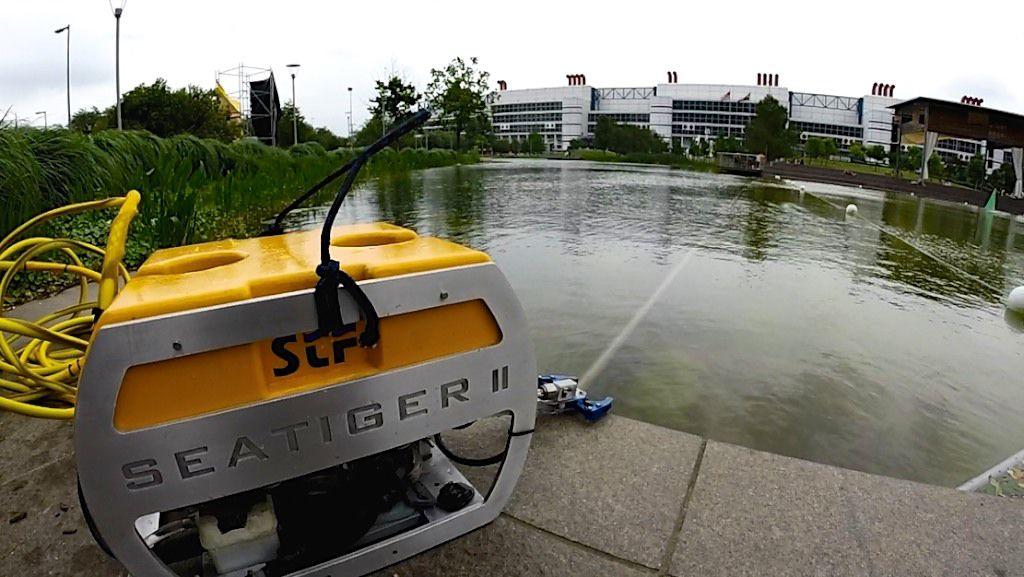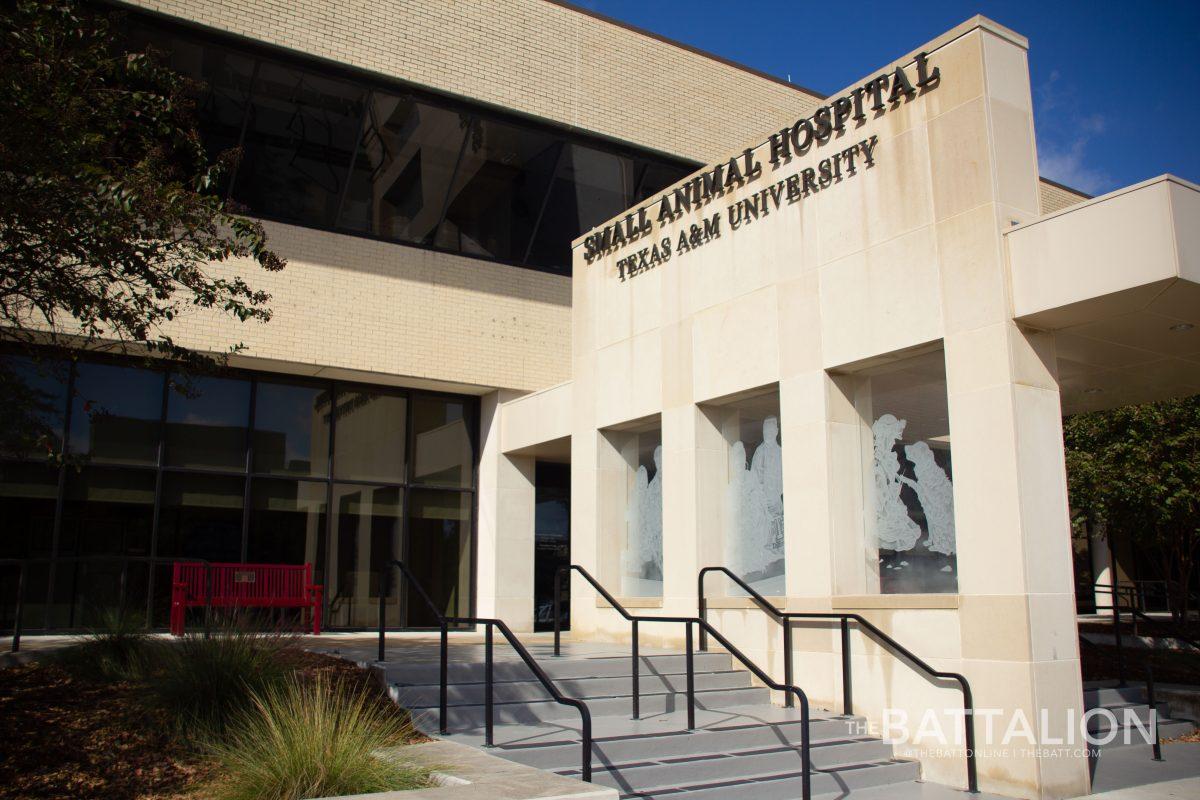Aggies will team up to maneuver a device through challenging underwater obstacles at the Rec Center Pool Saturday.
The Society for Underwater Technology at Texas A&M is holding a Remotely Operated Vehicle, or ROV, competition from 10 a.m. to 4 p.m. at the Recreational Pool Center where participants solve simulations of real-world scenarios and obstacles seen in the offshore sector. Students will gain an up-close experience of what to do when working in an offshore environment.
The goal of the competition is to simulate different field tasks and have teams adapt to various environmental conditions while using the ROV to solve challenging obstacles and tasks according to Chukwuemeka Obi, subsea engineering graduate student and president of Texas A&M Society for Underwater Technology. The ROV is operated with a joystick while a camera provides visual feedback.
“The competition is a formal and educational event, because the plan is for people to understand how to conduct offshore operations — especially in the oil and gas sector,” Obi said. “We give them different scenarios in offshore and they will be working in teams, so it’s a simulation of what an offshore operation is like — you can only rely on cameras, what another person is telling you from another screen. We are also trying to instill the skill of how to work in teams in different disciplines as you.”
Natalie Zielinski, oceanography graduate student and Communications Chair for Texas A&M Society for Underwater Technology, said there will be seven teams and each will be given a mentor who is an expert in offshore operation and handling ROVs. Each team will be given different jobs and can use their mentor as a resource.
“Teams will start off by doing a task with an ROV,” Zielinski said. “Someone will actually be in a canoe and raft and they will be acting as the main vessel that the ROV will be tethered to on the surface and the team has to help move the vessel to stay with the ROV in order for the ROV to move things from the bottom of the pool to the main vessel. The first challenge is how many things can you pick up, how many different items are important to working with and they will get a score based on their team work and their efficiency.”
After the first task, teams will attempt to cross the pool and see how quickly and efficiently can they can move the ROV different obstacles. Then teams will have a chance to complete the first challenge again after they have time to make adjustments and talk about what happened, according to Zielenski.
Zielinski said every challenge in this competition is designed based on something participants could encounter in an offshore environment.
“A lot of our board members have backgrounds in computer engineering or geosciences,” Zielinski said. “So that’s how we came up with the different obstacles and challenges similar to what they would be out in the real work force — whether that be picking up things with the ROV or transferring things to the surface, which is what they would do if they had to lay different pipes or for future projects.”
During the ROV competition Obi said they there will be a mini lecture series on neutral buoyancy covered by professor Robert Randall from the Ocean Engineering Department.
“Dr. Randall will be explaining the concept of neutral buoyancy to the participants, what it means and why the ROV has to have neutral buoyancy before you can move it,” Obi said. “We will also have a little exercise where they try to fix a prototype ROV out of PVC pipe to help them understand the concept of neutral buoyancy.”
Anna Heller, Class of 2012 and journalist for the U.S. branch of Society for Underwater Technology, said the event is really to educate students about underwater engineering and different job opportunities, in addition to giving students hands-on experiences using ROVs.
“I think it’s just to get them excited about what the student chapters entail and how the students can interact with professionals in industry and learn from them and possibly find mentors and network with them for future job opportunities,” Heller said. “Also give them the opportunity to work with their hands and get their feet wet quite literally.”
Heller said the student organization will look to continue events like the ROV competition, especially as their membership grows and they become better acquainted with professionals and professors in the area.
“I think if the opportunity presents itself [to continue this event], we are all for it,” Heller said. “That’s the plan and if we can expand the events we do and our membership and what we do with students and professionals in the industry. We do our best to take the volunteers to enhance and educate about underwater technology and the opportunity.”
Underwater ROV competition to be held Saturday
March 2, 2017
0
Donate to The Battalion
$2790
$5000
Contributed
Our Goal
Your donation will support the student journalists of Texas A&M University - College Station. Your contribution will allow us to purchase equipment and cover our annual website hosting costs, in addition to paying freelance staffers for their work, travel costs for coverage and more!
More to Discover










